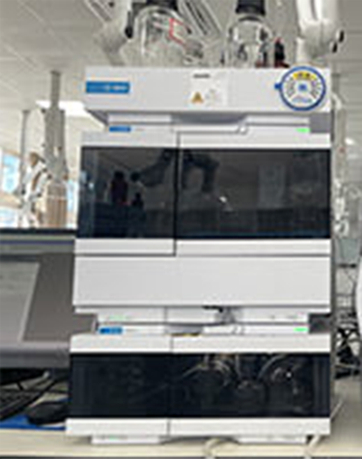Laurocapram Industry News: Insights on Raw Materials, Chinese Market, and Pricing
Trends
Laurocapram, also known as Azone, is a key chemical compound widely used in the pharmaceutical and
cosmetic industries for its excellent skin penetration enhancement properties. In recent years, the
Laurocapram industry has witnessed significant developments in terms of raw materials, the Chinese
market, and pricing dynamics.
Firstly, the availability and cost of raw materials play a crucial role in the Laurocapram industry. The
primary raw material for Laurocapram production is caprolactam, which is derived from cyclohexane or
phenol. Fluctuations in the prices of these raw materials can impact the overall production cost of
Laurocapram. Market conditions, geopolitical factors, and supply-demand dynamics can lead to price
volatility. Industry participants are closely monitoring the raw material prices to effectively manage
their production costs and maintain profitability.
China has emerged as a key player in the Laurocapram market. The country's rapidly growing
pharmaceutical and cosmetic industries, coupled with increasing consumer demand for high-quality
products, have contributed to the significant expansion of the Chinese market. As a result, China has
become a major consumer and producer of Laurocapram. The country's large population, rising disposable
incomes, and changing lifestyles have fueled the demand for pharmaceutical and cosmetic products,
thereby driving the demand for Laurocapram as well.
In terms of production capacity, Chinese manufacturers have made significant investments to meet the
growing domestic and international demand for Laurocapram. Several Chinese companies have expanded their
production facilities and enhanced their technical capabilities to ensure a stable supply of
Laurocapram. This increased production capacity has not only fulfilled the local market requirements but
has also positioned China as a key exporter of Laurocapram to other countries.
Regarding pricing trends, the Laurocapram industry has experienced fluctuations in recent times. Factors
such as supply-demand dynamics, market competition, and regulatory changes can influence the pricing of
Laurocapram. Manufacturers are closely monitoring these factors to adjust their pricing strategies
accordingly. Additionally, advancements in production technologies and increasing economies of scale
have enabled some manufacturers to offer competitive pricing, making the Laurocapram market more dynamic
and price-sensitive.
Looking ahead, the Laurocapram industry is expected to witness steady growth driven by the rising demand
for pharmaceutical and cosmetic products globally. As the market expands, manufacturers will continue to
focus on optimizing their supply chains, enhancing product quality, and developing innovative
applications for Laurocapram. Furthermore, collaborations and partnerships between industry players may
lead to technological advancements and increased efficiency in Laurocapram production, contributing to
market growth and competitiveness.
In conclusion, the Laurocapram industry is influenced by various factors, including raw material prices,
the Chinese market's growth and production capacity, and pricing trends. Industry participants are
proactively adapting to these dynamics to ensure a stable supply, cater to the growing demand, and
maintain competitive pricing. The industry's future outlook remains promising, driven by the increasing
use of Laurocapram in the pharmaceutical and cosmetic sectors worldwide.



